The integration of Programmable Logic Controllers (PLCs) with Python has emerged as a transformative approach in industrial automation and data-driven manufacturing. As industries increasingly adopt smart factory concepts, the ability to bridge traditional control systems with modern programming languages like Python unlocks new possibilities for efficiency, analytics, and system interoperability. This synergy between rugged industrial hardware and flexible software tools is reshaping how engineers approach automation projects.
PLCs have long been the backbone of industrial automation, prized for their reliability and real-time control capabilities. However, their proprietary programming environments often limit advanced data processing and connectivity with modern IT systems. Python, with its extensive libraries and simplicity, fills this gap by enabling tasks like machine learning, complex calculations, and cloud integration that would be cumbersome or impossible in traditional ladder logic.
The communication between PLCs and Python typically occurs through industrial protocols such as Modbus TCP, OPC UA, or manufacturer-specific APIs. These protocols allow Python scripts running on supervisory computers to read sensor data, write control parameters, or trigger PLC operations. The bidirectional data flow creates opportunities for predictive maintenance, where Python's data analysis capabilities can process equipment patterns and alert operators before failures occur.
One significant advantage of this integration is the democratization of industrial data. Production metrics that were previously locked in proprietary HMI systems can now be extracted, visualized, and analyzed using Python's rich ecosystem of data science tools. Pandas for data manipulation, Matplotlib for visualization, and Scikit-learn for machine learning transform raw industrial data into actionable insights without requiring expensive specialized software.
Security considerations remain paramount when connecting PLCs to Python environments. Industrial networks traditionally operated in isolation, but Python integrations often require opening communication channels that could expose control systems to cyber threats. Implementing proper network segmentation, authentication protocols, and data validation routines becomes essential to maintain operational integrity while benefiting from Python's capabilities.
The practical applications of PLC-Python integration span numerous industries. In manufacturing, Python scripts can optimize production schedules based on real-time equipment performance data from PLCs. Food processing plants use this combination to ensure quality control by analyzing sensor readings against statistical models. Even building automation systems benefit through intelligent energy management that responds to both equipment status and external factors like weather forecasts.
Emerging trends show the combination moving beyond simple data exchange toward tighter integration. Some platforms now allow Python code to execute directly on newer PLC models, blurring the line between control and computation layers. This evolution could eventually lead to edge computing scenarios where PLCs not only control machinery but also perform local AI inference using Python-trained models, reducing cloud dependence and latency.
For engineers and technicians, this technological convergence demands new skill sets. Traditional PLC programmers must become comfortable with Python basics, while software developers need to understand industrial communication protocols and the constraints of real-time control systems. Educational institutions and training providers are responding with specialized courses that bridge these previously separate domains.
The future of PLC-Python interoperability appears bright as both technologies continue evolving in complementary directions. With Python's dominance in data science and the industrial sector's growing emphasis on Industry 4.0 principles, their integration will likely become standard practice rather than specialized knowledge. This convergence represents not just a technical achievement but a cultural shift in how industrial systems are designed, operated, and maintained in the digital age.

By /Jul 29, 2025
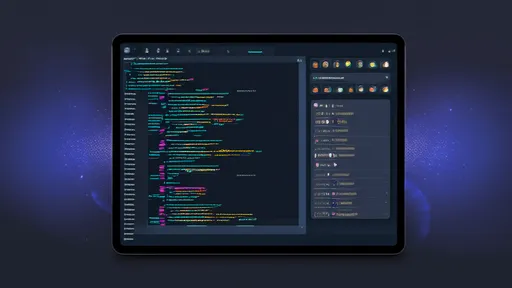
By /Jul 29, 2025

By /Jul 29, 2025

By /Jul 29, 2025
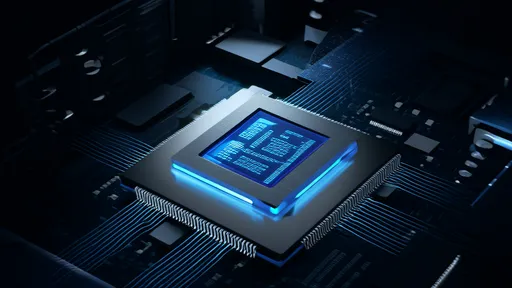
By /Jul 29, 2025
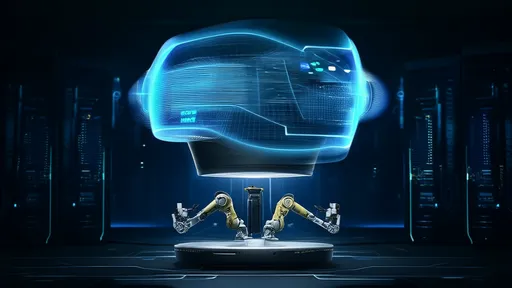
By /Jul 29, 2025
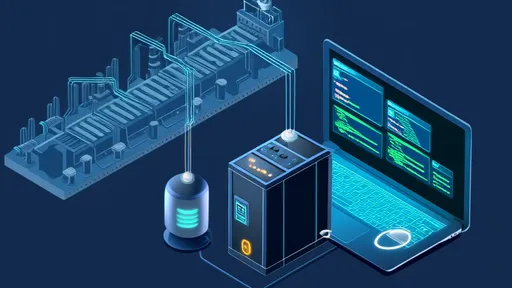
By /Jul 29, 2025
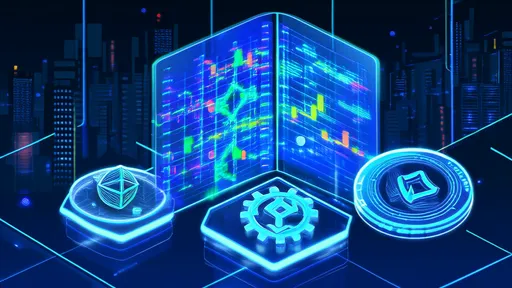
By /Jul 29, 2025

By /Jul 29, 2025

By /Jul 29, 2025
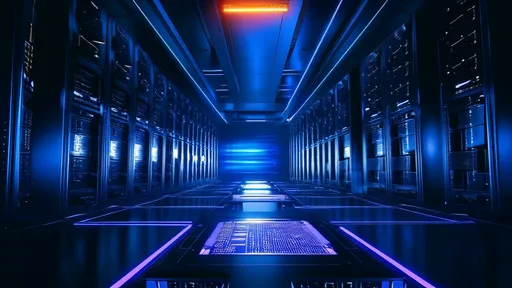
By /Jul 29, 2025

By /Jul 29, 2025
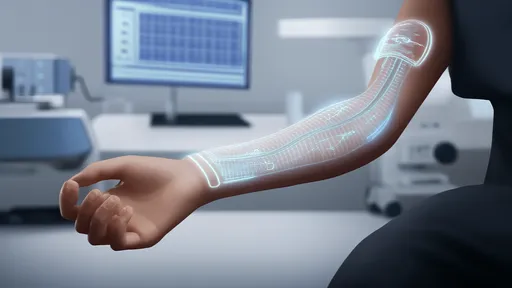
By /Jul 29, 2025

By /Jul 29, 2025
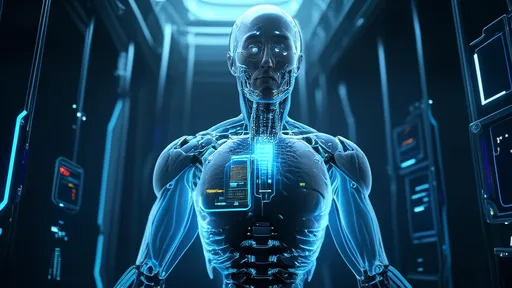
By /Jul 29, 2025
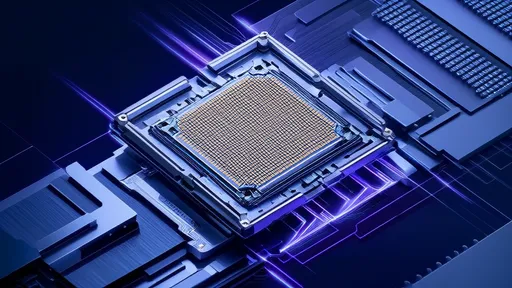
By /Jul 29, 2025
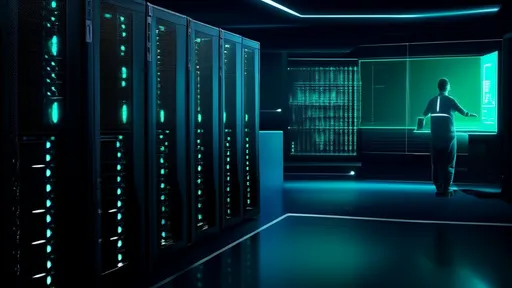
By /Jul 29, 2025

By /Jul 29, 2025
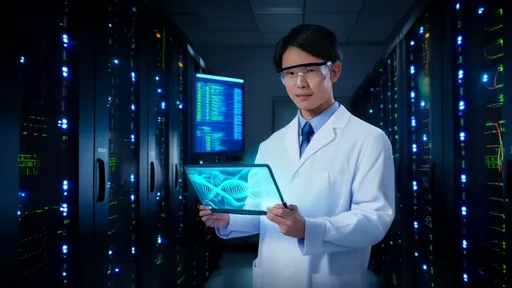
By /Jul 29, 2025
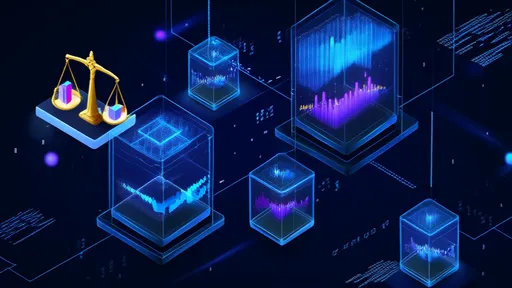
By /Jul 29, 2025